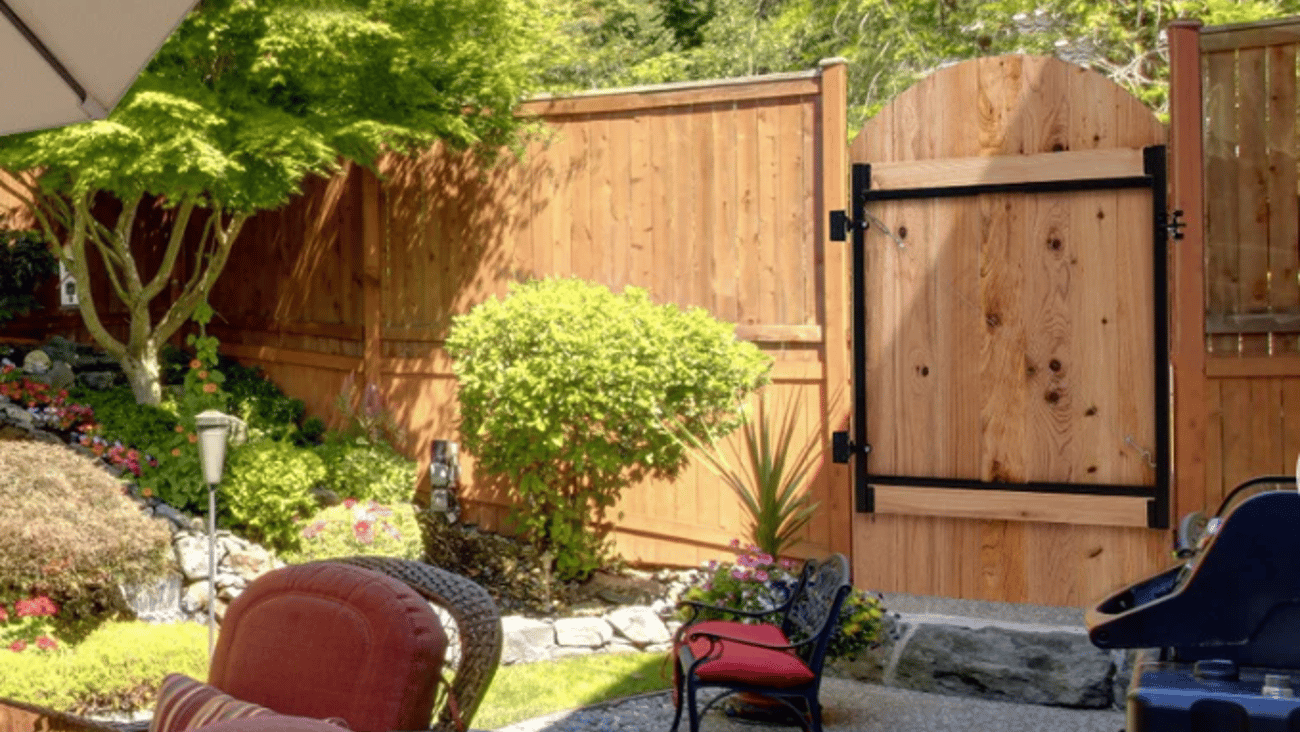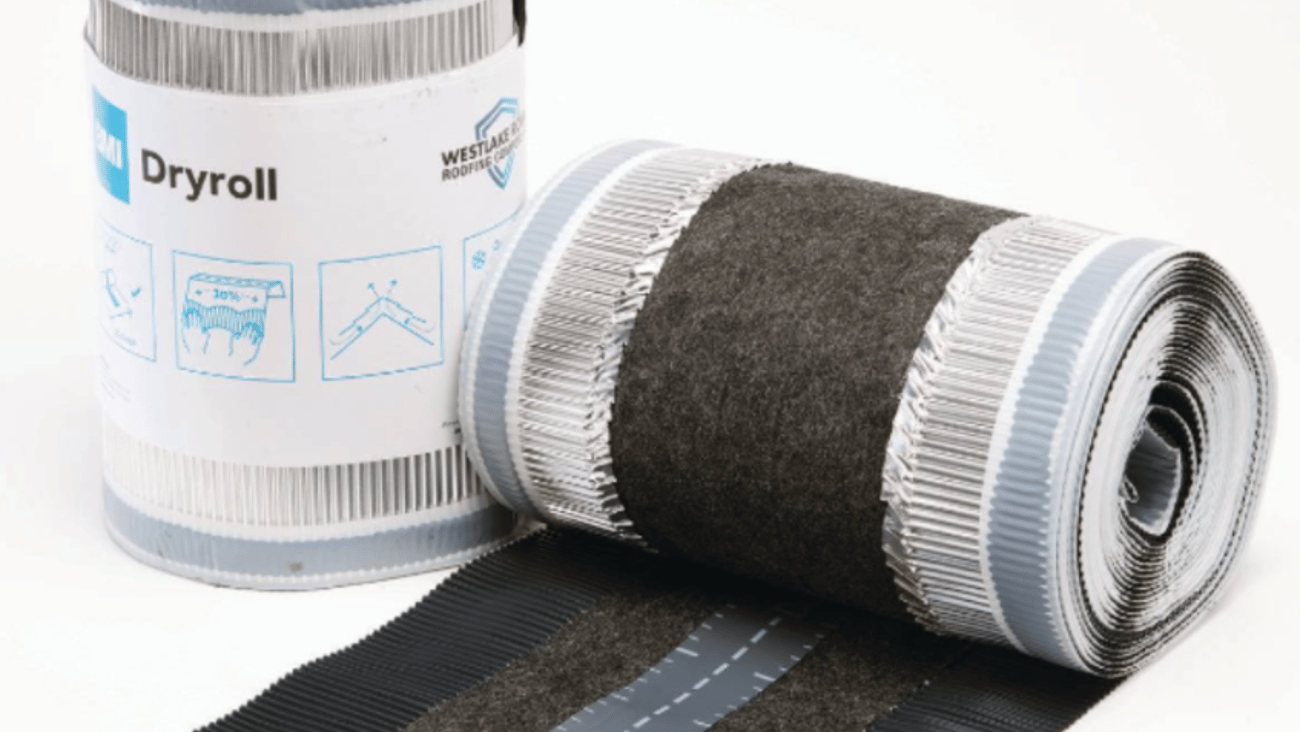Little Projects, Big Savings
The signage throughout Lowe’s Home Improvement in Westbury, N.Y., called attention to the hidden savings found in home-efficiency products:
“Save up to $70 a year. Replace your five most-used incandescent light bulbs with Energy Star-qualified compact fluorescent bulbs. Each CFL could save you up to $30 over its lifetime,” read one sign.
“Save up to $500 a year. Install a programmable thermostat and set it to automatically lower the temperature at bedtime by 7 degrees,” read another.
There were signs for air filters, lawn maintenance, shower heads, toilets, appliances and insulation—25 in all that touted the cost savings for DIY customers.
John Lester of Levittown, N.Y., on Long Island, noticed the signs as he walked the aisles. He said he was in the market for DIY products that would save money on his utility bills, especially given the forecast of a cold and snowy winter. His personal list: programmable thermostat, duct sealant, weather-stripping, light bulbs and batteries. Lester was drawn to the Lowe’s signs and started jotting down additions to the list. “It makes nothing but sense because these products will pay for themselves over time,” he said.
That’s the reasoning retailers like to hear. In a prolonged downturn, there are glimmers of hope. The DIY market is active, say dealers, and the interest in home-efficiency products is rising as consumers recognize the value in products that save money over time while, in many cases, helping the environment.
“Any time you can show a consumer where and how to save money they will start migrating to that market,” said Phillip Walker, VP marketing at Orgill. Case in point is compact fluorescent bulbs. “In our model store in Boston,” he said, “CFL sales have increased 40%. It is our strongest category.”
Mintel International Group examined trends in DIY home-efficiency products in a report titled: “Economizing in the Home: DIY Retail.” Its research found strong consumer interest in energy-saving measures and the popularity of energy-saving products, despite or even because of the downturn. Nearly 85% of respondents said they undertook at least one change in order to cut home energy costs, and many have undertaken multiple changes, according to Mintel.
Top sellers
Green and especially energy- and water-saving products were top-selling items in 2008 in a range of DIY categories, Mintel found. Some of the most widely sold green products in major DIY segments include air filters, energy-efficient HVAC systems, programmable thermostats, CFL light bulbs, water-saving shower heads and faucets, low-flush toilets, weather-stripping, insulation and double-glazed windows.
The report also examined the changing retail landscape in which consumers are turning to discounters and alternative retail channels such as thrift stores and Craigslist to save money. However, home improvement retailers are countering by re-shaping brand identity and reaching out to customers with special offers, energy-saving products and loyalty clubs.
Home Depot’s green initiatives are centered mostly on re-branding some of its current offerings under its Eco Options program. Home Depot lists about 2,500 products under Eco Options. Signage throughout the Hempstead, N.Y., Home Depot heavily promoted “HD Eco Options,” which identifies products that minimally impact the environment, including all-natural pesticides, energy-saving appliances and CFL bulbs.
Not just big boxes
Smaller dealers have noticed a mind-set change in their customer base. Mike Radice, owner of Greenwood True Value in Seattle, said the burgeoning DIY market for home-efficiency/eco-friendly markets is ripe for further advancement because retailers can sell the benefits of saving money and helping the environment. Moreover, a growing number of customers are willing to pay a premium for socially responsible and environmentally friendly products because they want to be green, Radice said.
“We’ve been at it for 10 years. We were ahead of the curve,” he said. “We were green before anyone was even looking at it, especially in lawn and garden. We have more green products in our 5,000-sq.-ft. store than probably any other retailer in the city. For every product we carry, we carry an eco-friendly alternative.”
Greenwood True Value offers a large selection of natural, organic and environmentally friendly products including hand-push and cordless electric mowers; fertilizers; compost and many garden chemicals; house and home cleaners; and no-VOC paints.
Mel Gerstein, president of Thermwell Products, known for its Frost King brand of DIY weather-stripping products, said the success of weather-stripping is tied to the weather above all else. “If it is cold and windy, we do well,” he said. “When the weather starts to get cold, people start to come here. Everyone is hoping for a cold and windy and wet winter.”
Gerstein allowed that more people are aware of the economic and environmental benefits of weather-stripping their homes to keep utility costs down. Other Frost King products that are doing well are AC covers and seals, window kits and door bottoms, and foam tapes.
According to the company, spending on weather-stripping and insulation products has a very quick return on investment. In the case of single-pane windows and window insulation kits, a homeowner can recoup her investment in just one heating season.
Additionally, the company points to statistics that show nearly 50% of American homes, and virtually all older homes, have single-pane windows that are the leading cause of winter heat loss in cold-temperature regions.
Flying off the shelves
Many home improvement retailers are partnering with public utilities and state and federal agencies to provide rebates to encourage the use of CFL bulbs, which are said to use up to 75% less energy and last 10 times longer than incandescent light bulbs.
Greenwood True Value joined the Seattle City Light’s Twist & Save program, which allows customers to purchase many Energy Star CFLs for 99 cents (there is a limit of 24 per person), with no coupon or rebate forms needed. “Call it a rebate, call it a co-op, it’s a good program for the environment,” Radice said. “And CFLs have really taken off.”
Swartz True Value in Newton, Mass., takes part in the Greenlight program which underwrites the purchase of CFLs that also sell for 99 cents a bulb. “We’re trying to get everyone converted so we don’t have to build any more power plants,” said Mike Swartz, owner. “We’re buying them at 3,000 to 4,000 a clip, and they’re flying off the shelves.”
While environmentally conscious states like California are in the process of jettisoning the incandescent light bulbs to make way for CFLs, CFLs in turn will be supplanted by LEDs, according to experts. “Once LEDs get to an affordable price range,” Orgil’s Walker said, “LEDs will take over because CFLs have mercury vapor, and that is a concern for a green environment.”
The growth in DIY/home efficiency products has softened the blow of a terrible economy for home improvement retailers.
“Given the economic landscape,” Orgill’s Walker said, “we’re extremely pleased with our business.”
Swartz agreed. “From our no-VOC paints, to our CFLs and lawn and garden, we’re seeing [home-efficiency/green> products that are moving,” he said. “We hope the trend continues. We think it will. All of us in the industry could use some good news.”




